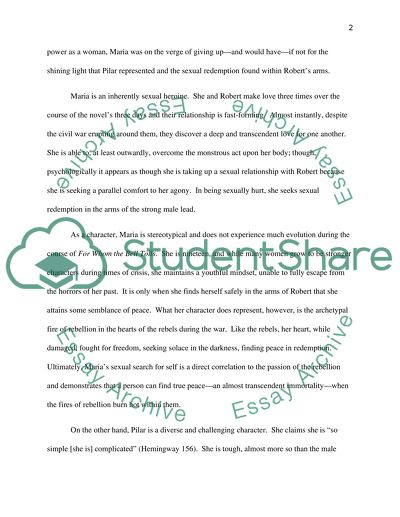Cite this document
(“Character Archetypes in For Whom the Bell Tolls Essay”, n.d.)
Retrieved from https://studentshare.org/english/1445913-discuss-the-ways-in-which-the-two-female
Retrieved from https://studentshare.org/english/1445913-discuss-the-ways-in-which-the-two-female
(Character Archetypes in For Whom the Bell Tolls Essay)
https://studentshare.org/english/1445913-discuss-the-ways-in-which-the-two-female.
https://studentshare.org/english/1445913-discuss-the-ways-in-which-the-two-female.
“Character Archetypes in For Whom the Bell Tolls Essay”, n.d. https://studentshare.org/english/1445913-discuss-the-ways-in-which-the-two-female.


